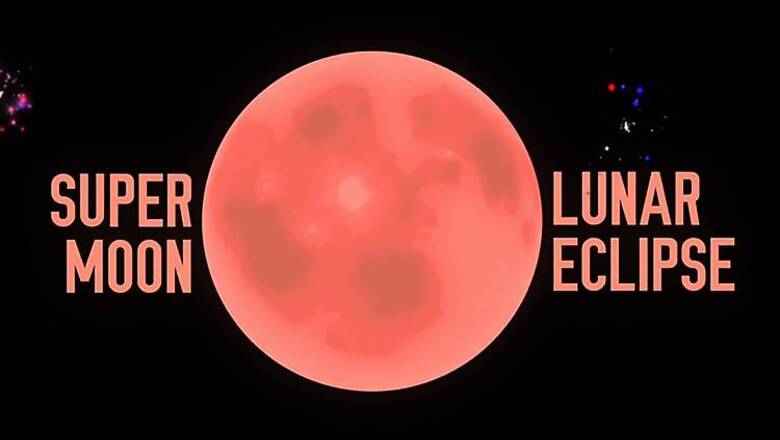
views
People in certain parts of the world will be able to view a rare celestial phenomenon - a supermoon lunar eclipse - on the night of September 27 and early morning September 28.
The last time a supermoon happened in combination with a lunar eclipse was over 30 years ago in 1982. Lunar eclipses, however, typically occur at least twice in a year.
Since 1900 a supermoon lunar eclipse has happened only five times. And the next similar eclipse won't come our way until 2033.
A supermoon is when the moon makes its closest approach to Earth in its orbit than usual. It appears as much as 14 per cent bigger and 30 per cent brighter.
Late in the night of September 27, 2015, a total lunar eclipse will mask the moon's larger-than-life face for more than an hour in parts of the world.
The total eclipse of the moon will be visible in North and South America, Europe, Africa, and parts of West Asia and the eastern Pacific. A partial eclipse might also be seen in the dawn of September 28 in Pakistan, Afghanistan and eastern Iran. The eclipse however might not be very legible from India.
The total eclipse will last one hour and 12 minutes. The total eclipse will start 10:11 PM EDT on September 27 (7:41 AM IST on September 28).
Watch: How the September 27-28 eclipse will look like when seen from the moon
Informatio courtesy: NASA














Comments
0 comment